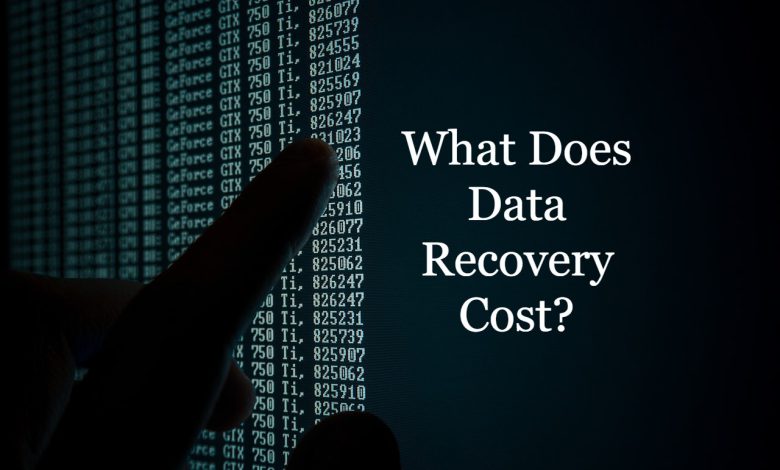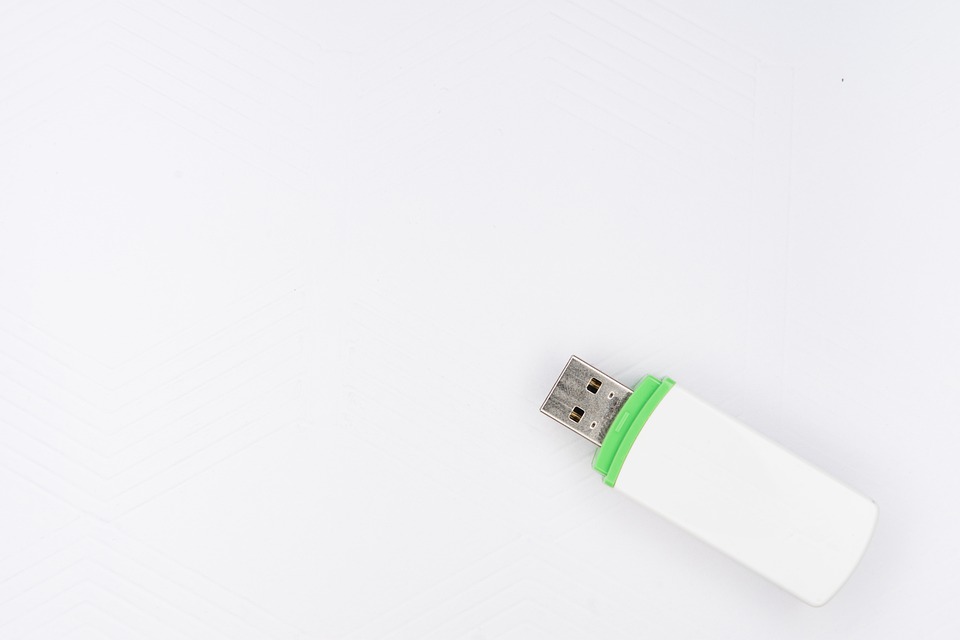What Does Data Recovery Cost? A Breakdown of Rates & Fees

If you are suffering from data loss, your first thought likely is, “how much does data recovery cost?” Data restoration can be an expensive task, depending on the severity of the damage. Losing a few files to malware or other common computer problems may not require professional help and could even be completed for free with some basic knowledge about how to delete them off your hard drive. However, if extensive corruption has occurred due partly to hardware failures such as power surges or water-damaged electronics, bringing in professionals will ensure successful results at a lower cost than attempting self-service solutions, which often result in complete losses of critical information.
The cost of data recovery depends on various factors, including the quality of the original hardware and software used, how much storage space needs to be recovered, and what type of data is being recovered. Understanding these costs will make you better prepared for the process and help you make an informed decision about whether or not you want to go through with it.
Is Data Recovery Expensive?
The most expensive part of data recovery is the hardware and software you will use. The minimum equipment needed to start a successful restoration process is a system that can read the drive, a DVD or CD reader, a DVD writer, and an external hard drive enclosure. This is all you will need to recover your data for the most part.
The cost of these devices can vary from as low as $70 for a DVD reader up to $1,000 for an external enclosure capable of holding up to 4TB of storage space. Professional data recovery software costs range from around $100-$600 depending on the type used and how many hours they are used. A basic rule of thumb when estimating how much each tool will cost is to multiply the number of hours you will be using the software by $100.

How Much Does It Cost To Recover Data From A Flash Drive?
The most common way to store data is to place it on a flash drive. The average cost of a flash drive is between $10-$20. If you want to be safe and have your data backed up, the best data recovery software is the safest way to do this.
How Long Does It Take To Recover My Data?
The amount of time required to begin a successful data recovery process depends on the type of data you have and how much storage space is being recovered. If your hard drive has been completely wiped, you will need to start with a new drive and reinstall all of your programs and files. If your hard drive has had some files deleted but not completely erased, you can recover those files in a matter of hours. However, if your hard drive has been completely wiped or many deleted files, the time frame will be much longer. The average time to recover deleted files is between one and two weeks. The majority of the time, recovery is a hit or miss. It may take weeks for some files to be recovered, while others are recovered in just a few hours.
How To Prepare For Recovery
Before you start the process of data recovery, there are some steps you can take to prepare for it. First, you need to create a backup of all your important data on an external hard drive or cloud storage. This will ensure that you have a copy of the files available if anything goes wrong with recovering your data. It would be best if you also backed up any software programs on your computer so that you can reinstall them after they’ve been recovered.
Finally, before starting the data recovery process, save any open files and close out any programs on your computer to avoid getting overwritten during the process. Doing this will ensure that you don’t lose any more information than necessary.




